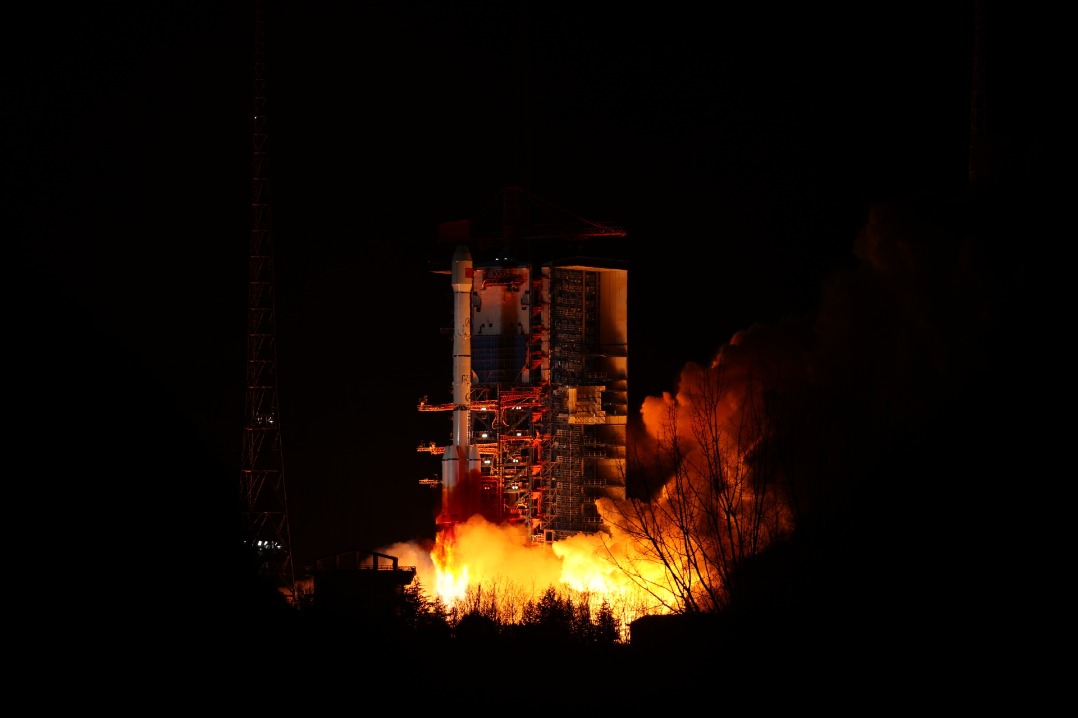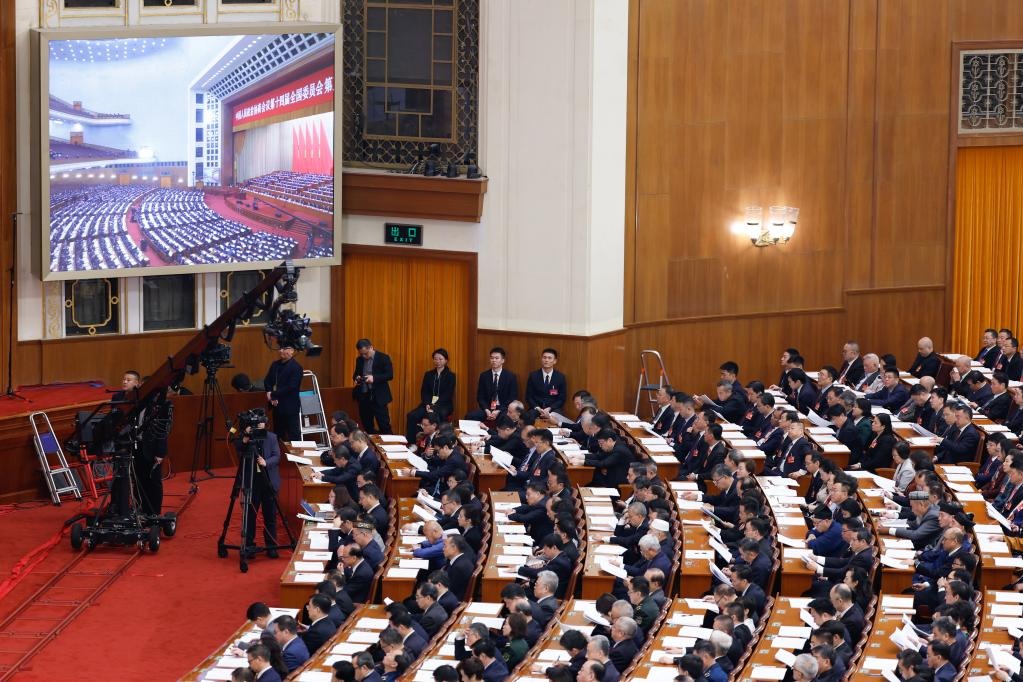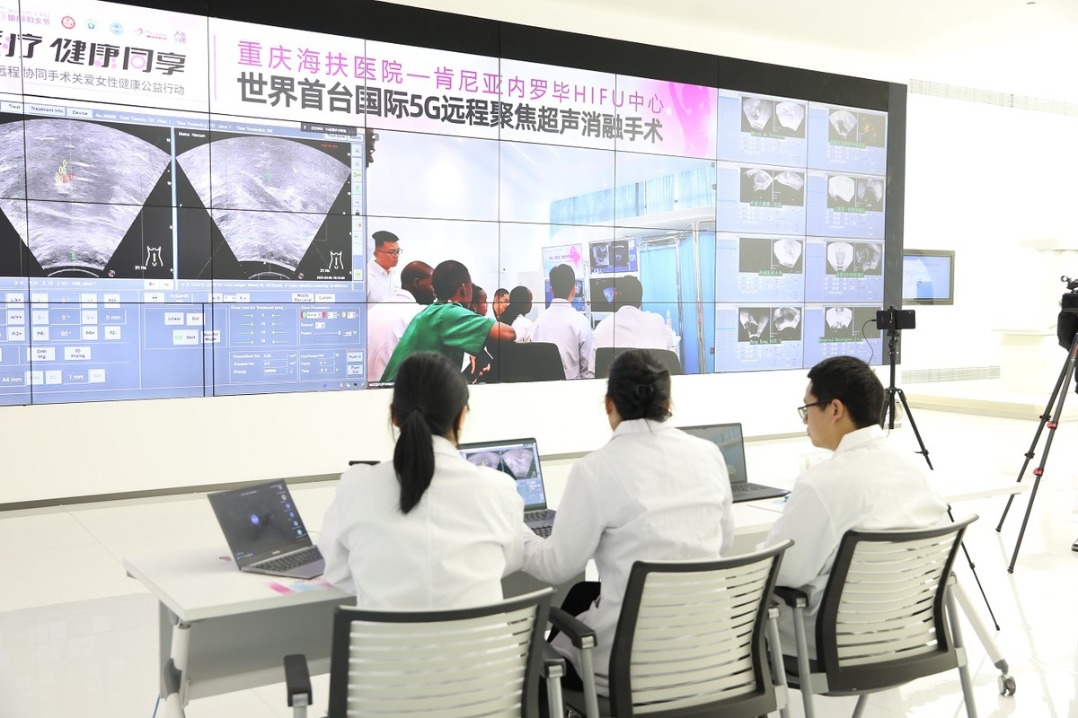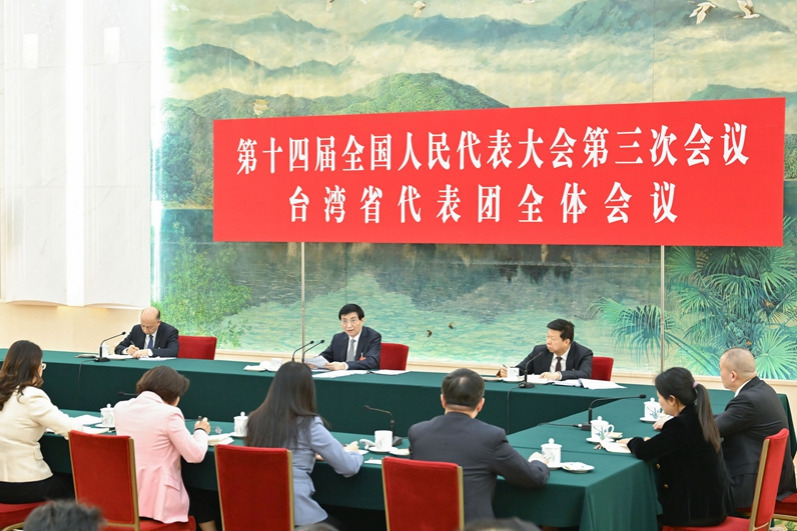Key system of China's next-generation 'artificial sun' passes acceptance process

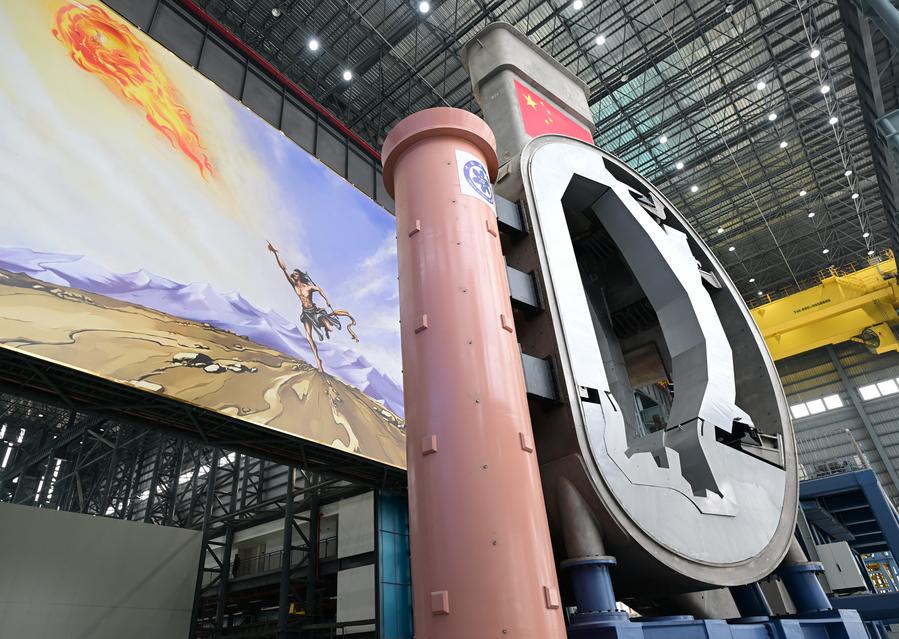
HEFEI -- China has hit another milestone in the development of its next-generation "artificial sun", with one of its key systems passing expert review and acceptance procedures on Sunday, achieving an internationally advanced development and operational capability standard.
The one-eighth vacuum chamber and overall installation system was developed by the Chinese Academy of Sciences' Institute of Plasma Physics (ASIPP). It is one of the 19 key subsystems of the Comprehensive Research Facility for Fusion Technology (CRAFT), a platform on which engineers develop and test the key components of fusion energy reactors.
Resembling an orange slice, the newly approved system features a D-shaped cross-section with a double-layer shell and stands 20 meters tall. The vacuum chamber shell, made of ultra-low-carbon stainless steel, weighs 295 tonnes. In the future, eight of these "orange slices" will form a complete structure, housing plasma at temperatures exceeding 100 million degrees Celsius.
Liu Zhihong, a researcher at ASIPP and the system's lead scientist, explained that the vacuum chamber serves as the closest nuclear safety barrier to a reactor core, requiring extreme precision in terms of welding, structural integrity and magnetic permeability.
The research team spent a decade overcoming technical challenges in their development of the system, securing more than 40 invention patents along the way.
"By completing the one-eighth vacuum chamber, we have fully mastered the critical technologies needed for a complete toroidal vacuum chamber for future fusion reactors," Liu said, noting that the system's technology has also been applied to particle accelerators, precision machinery and electronics.
The ultimate goal of an artificial sun is to create nuclear fusion like the sun, providing humanity with an endless clean energy source and enabling space exploration beyond the solar system.
China is making significant strides in fusion energy, with its Experimental Advanced Superconducting Tokamak (EAST) continuously upgrading experiments and setting new world records.
- What's next for Chinese culture in 2025?
- Futuristic buzzwords illustrate China's vision for people's well-being
- Farmers busy with spring farming across China
- An NPC deputy from Taiwan province: Cross-Strait integrated development is as inexorable as the AI wave
- New policy measures to boost Quanzhou's private enterprises
- Dalian rolls out plans for high-quality development

















